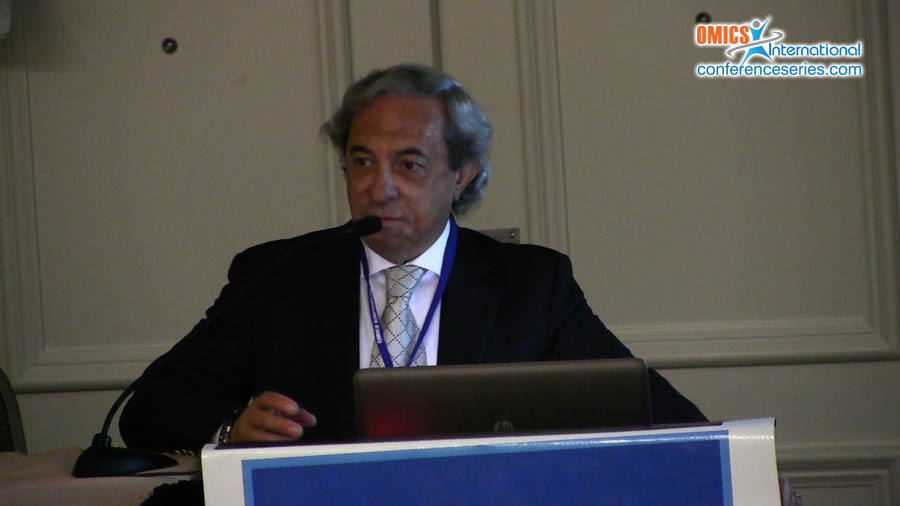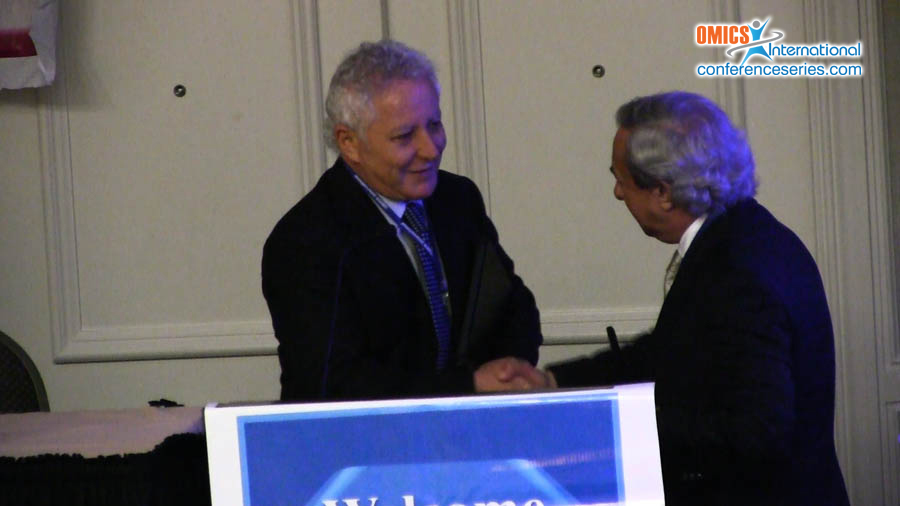
Angelo Rebelo
Clinica Milenio, Portugal
Title: Breast augmentation tumescent local anaesthesia cohesive gel silicone implants
Biography
Biography: Angelo Rebelo
Abstract
Breast implants is always a controversial subject. Because, there are many approaches and opinions vary. The Approach Via (areolar, infra-mammary, axillary, endoscopic…) The Anaesthesia (general, local…) The Positioning of the Implant (retro-glandular, retro-pectoral) The Type of Implant (silicone, saline, hydrogel, triglyceride…) The author prefers and usually uses the following procedure, because of fewer complications and better results. THE AREOLAR VIA - First choice (inferior circun-areolar or trans-areolar of Pitangui) because there is no risk of hypertrophic or keloid scaring and it doesn’t disturb the normal breast anatomy and physiology. The criteria, the areola must be at least 3 cm in diameter. According the implant size can be smaller. THE RETROGLANDULAR PLACEMENT – first choice and in almost all cases he prefers this placement because it gives a more natural appearance, there is no discomfort for the patient as in the retro pectoral position and no problem with dislocation of the implant. TUMESCENT LOCAL ANESTHESIA - if there are no counter-indications he prefers the tumescent local anaesthesia. He uses the modified Klein’s formula, 1,7-2 mm Klein’s cannulas and the Byron compressed system. COHESIVE GEL SILICONE PROTHESIS - The author prefers the cohesive gel silicone implants because they are very safe and of excellent quality. SURGICAL TECHNIQUE / PROCEDURE – The incision, approach at aponeurotical level, undermining to perform a pocket at least 2-3 cm bigger than the implant diameter, careful haemostasis, put the implant in place, close by layers. Jackson-Pratt drain is used routinely and removed 24-48 hours after. All patients have a complete clinical history, pre-op routine examinations plus mammography and/or mammary ecography.



